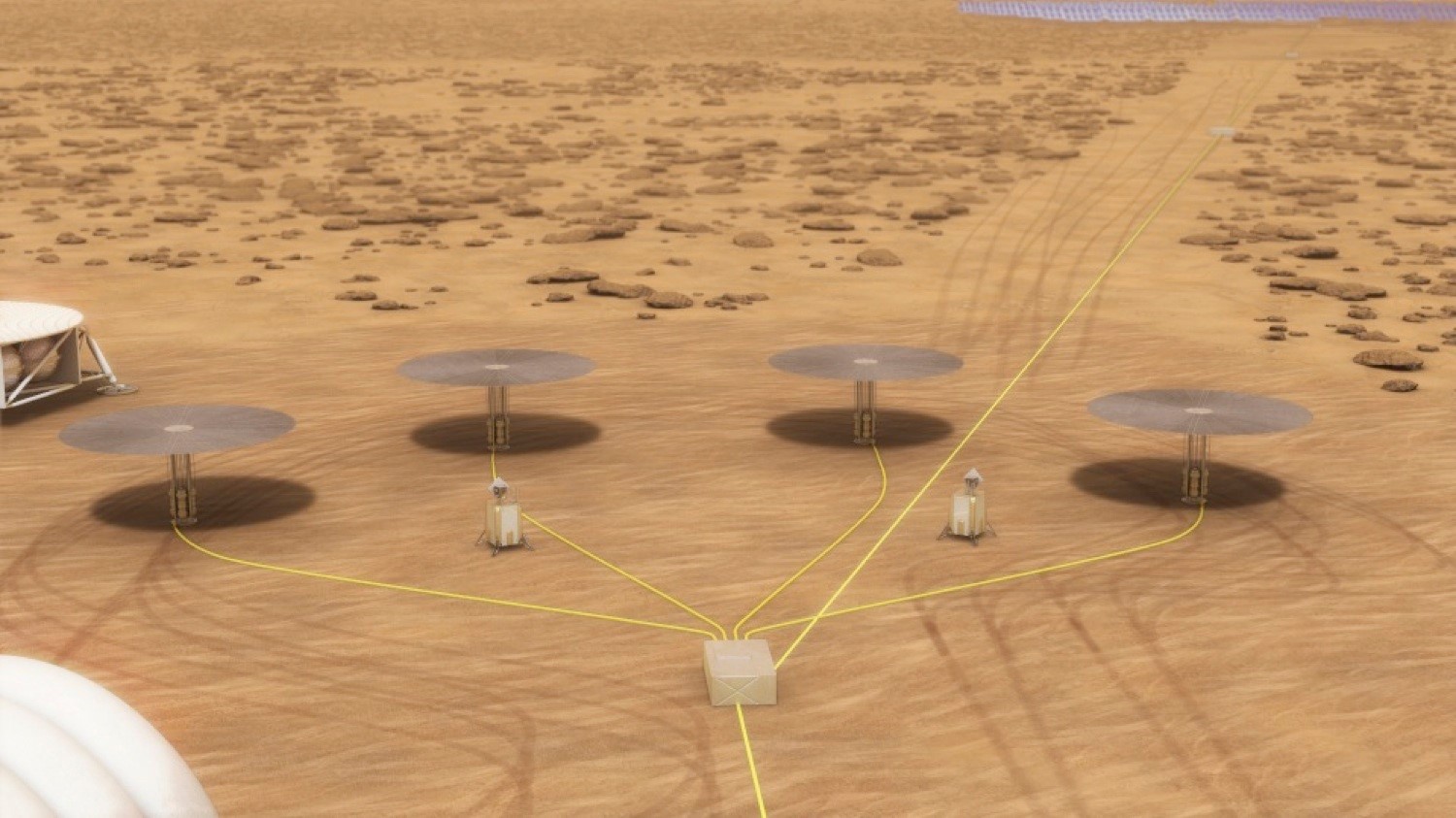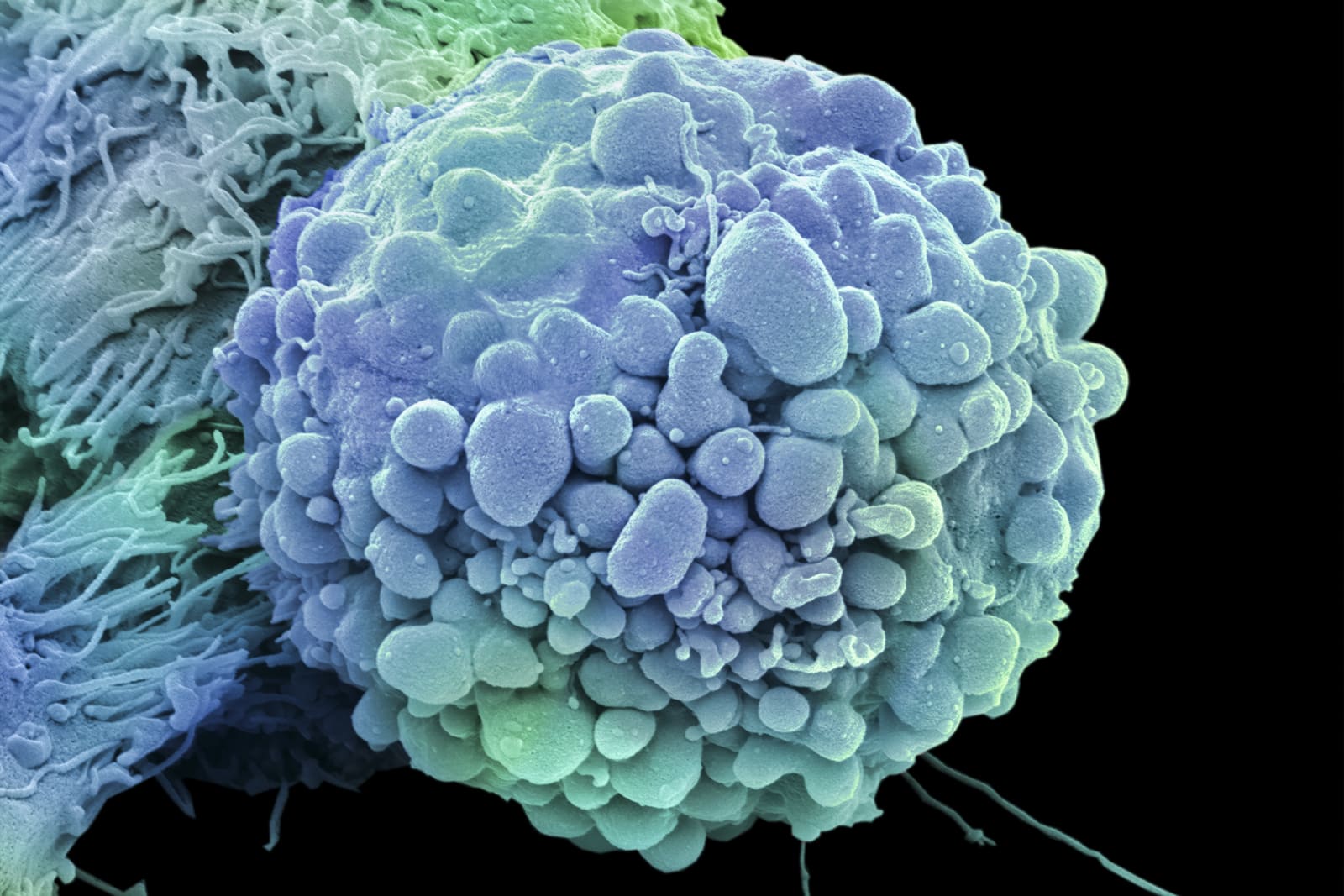 Being able to generate power will be essential for long-term space travel. Powering a stay on Mars, for example, will require a lot of fuel, way more than we can pack onto a rocket. That's why NASA, Los Alamos National Laboratory, the Department of E...
Being able to generate power will be essential for long-term space travel. Powering a stay on Mars, for example, will require a lot of fuel, way more than we can pack onto a rocket. That's why NASA, Los Alamos National Laboratory, the Department of E...
NASA completes full-power tests of small, portable nuclear reactor
 Being able to generate power will be essential for long-term space travel. Powering a stay on Mars, for example, will require a lot of fuel, way more than we can pack onto a rocket. That's why NASA, Los Alamos National Laboratory, the Department of E...
Being able to generate power will be essential for long-term space travel. Powering a stay on Mars, for example, will require a lot of fuel, way more than we can pack onto a rocket. That's why NASA, Los Alamos National Laboratory, the Department of E...
 Microsoft isn't the only big-name tech company using AI to fight cancer. NVIDIA is partnering with the US Department of Energy and the National Cancer Institute to develop CANDLE (Cancer Distributed Learning Environment), an AI-based "common discover...
Microsoft isn't the only big-name tech company using AI to fight cancer. NVIDIA is partnering with the US Department of Energy and the National Cancer Institute to develop CANDLE (Cancer Distributed Learning Environment), an AI-based "common discover...
 What does Tesla have up its sleeve? The automaker is planning to unveil a mysterious new product on Monday, and speculation so far ranges from the finalized Model 3 to a major Autopilot update. Meanwhile, the Toyota Prius Prime received a spectacular...
What does Tesla have up its sleeve? The automaker is planning to unveil a mysterious new product on Monday, and speculation so far ranges from the finalized Model 3 to a major Autopilot update. Meanwhile, the Toyota Prius Prime received a spectacular...
